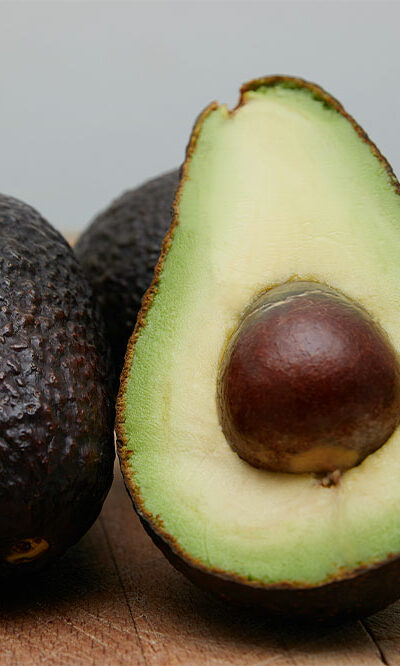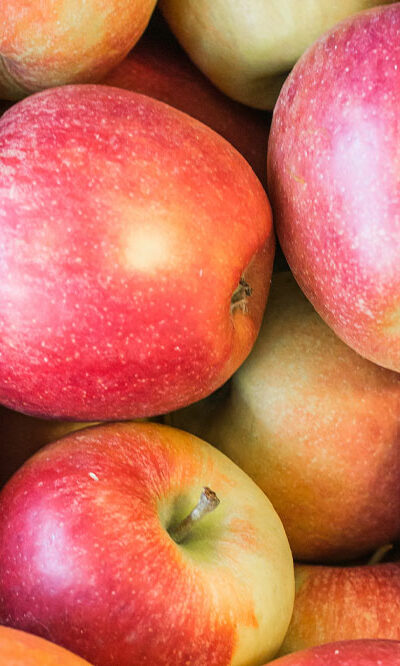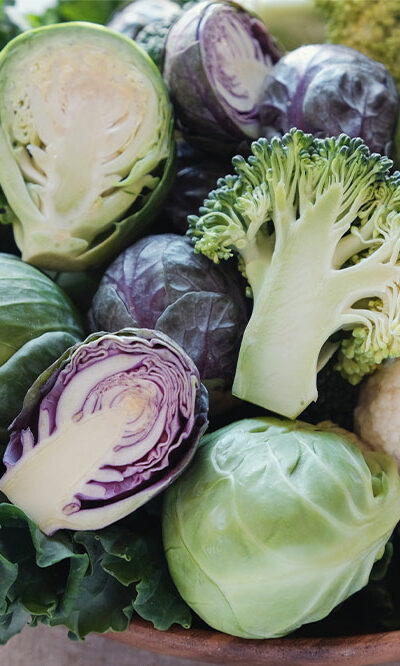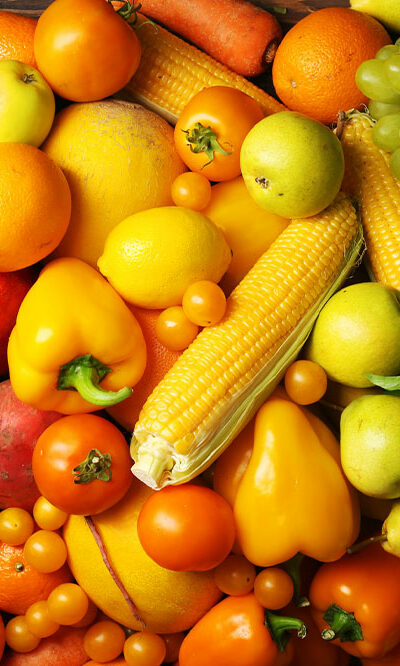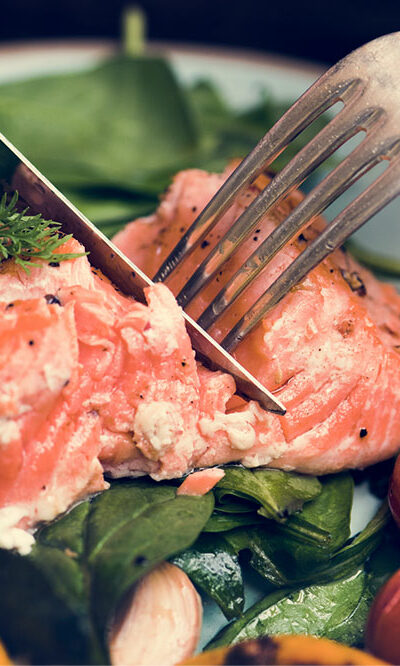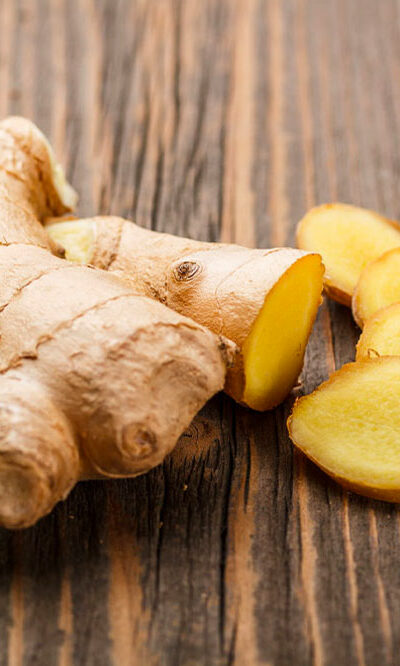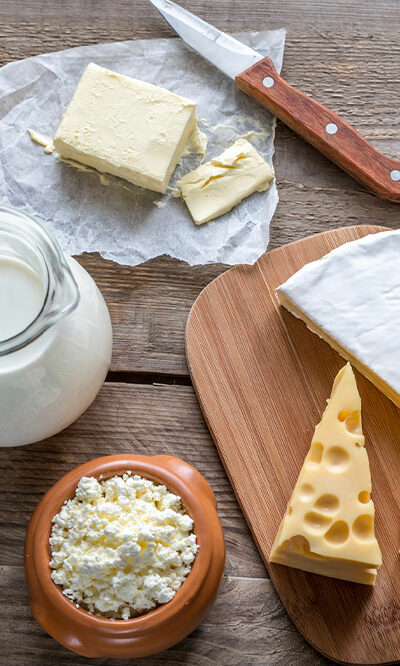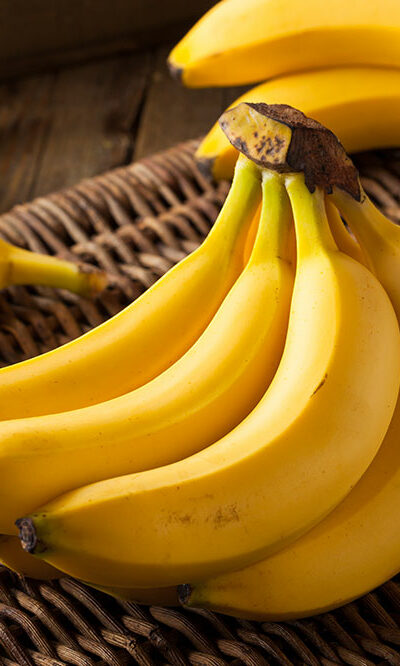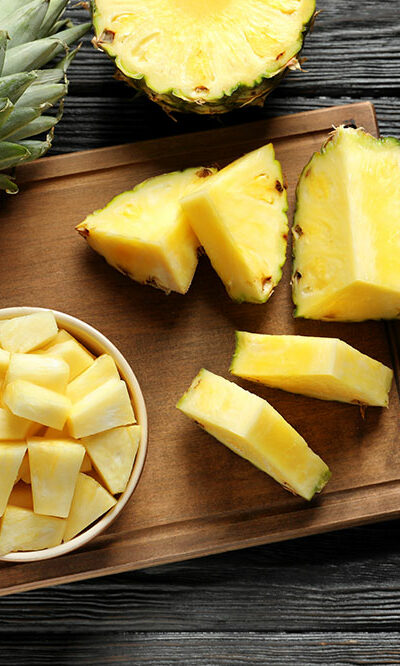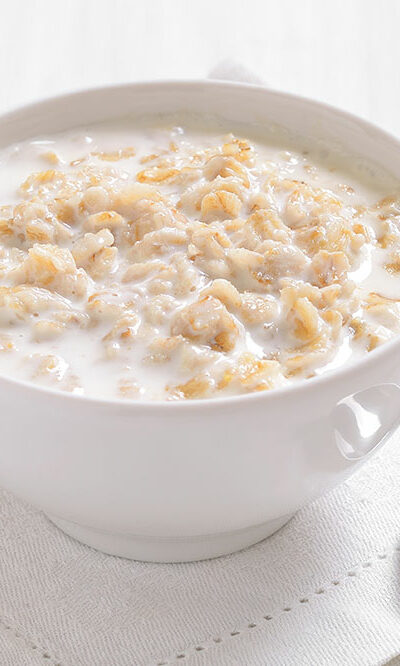
13 tasty foods for a healthy heart
Cardiovascular diseases are prevalent in our country. Statistics suggest that one in every five fatalities is associated with heart problems. Therefore, it is essential to adopt an active lifestyle and follow a meal plan that improves heart health. The foods listed below taste great by themselves, and you can also mix them with other ingredients to make them more palatable. But seek a nutritionist’s guidance to avoid the aggravation of underlying health conditions. Oatmeal Most people consider oatmeal a breakfast food, but it is more than just that. Oatmeal can be had any time of the day, especially in the form of granola bars, whenever hunger pangs are bothering. It is rich in soluble fiber, which causes the liver to produce more bile. Bile, in turn, helps lower LDL cholesterol. So a bowl of oatmeal mixed with your favorite foods can be a great step toward a healthy heart. Black bean salsa When the cravings are for something delicious yet healthy, have some black bean salsa. It is packed with soluble fiber that brings down bad cholesterol levels to a healthy range. Add some veggies, corn, and mango for a splash of color and to get all the essential nutrients and vitamins. Have this with baked chips made from whole grains to keep hunger at bay. Nuts and seeds trail mix Make a trail mix with nuts and seeds at home for instant snacking. Nuts and seeds are one of the best foods for a healthy heart. They have healthy fats that lower total cholesterol levels. Walnuts, in particular, are loaded with omega-3 fatty acids that lower LDL or bad cholesterol levels and simultaneously increase HDL or good cholesterol levels. Seeds like sunflower, pumpkin, and flax contain B vitamins and vitamin E, which improve overall health. They are also a great source of fibers, nutrients, proteins, and antioxidants, making them a healthy snacking option.
